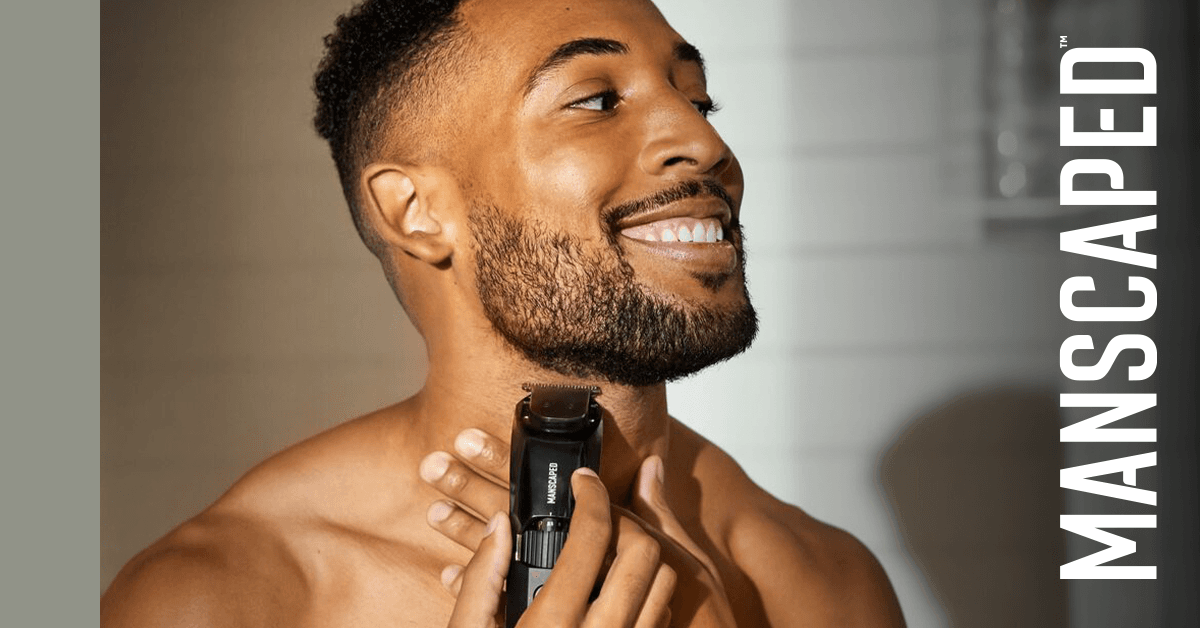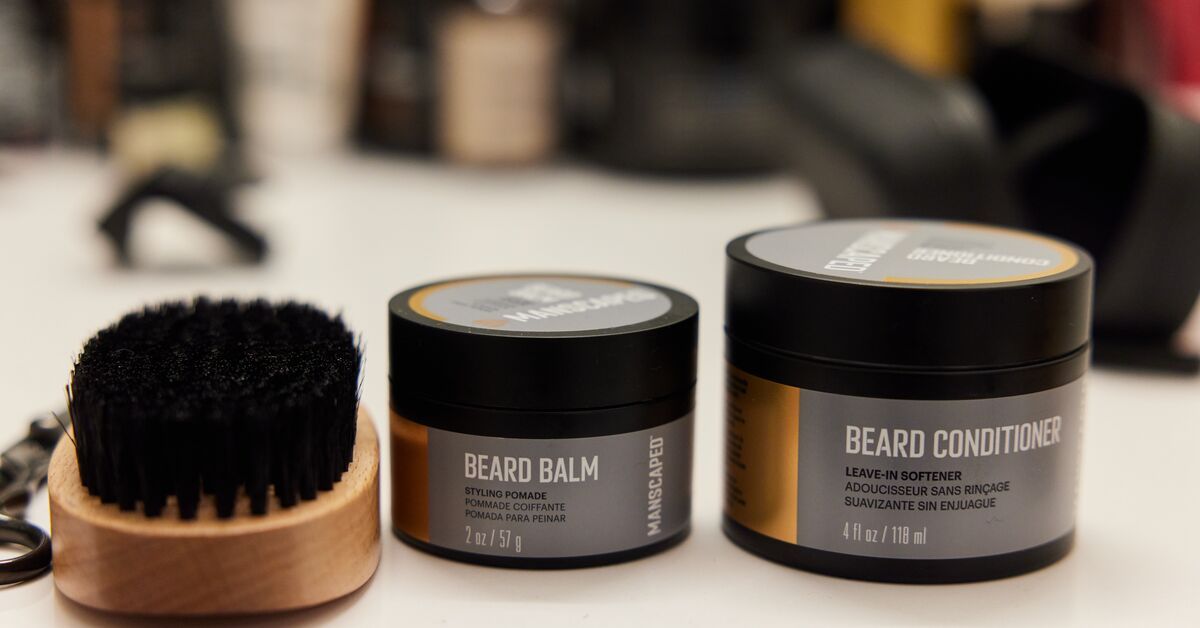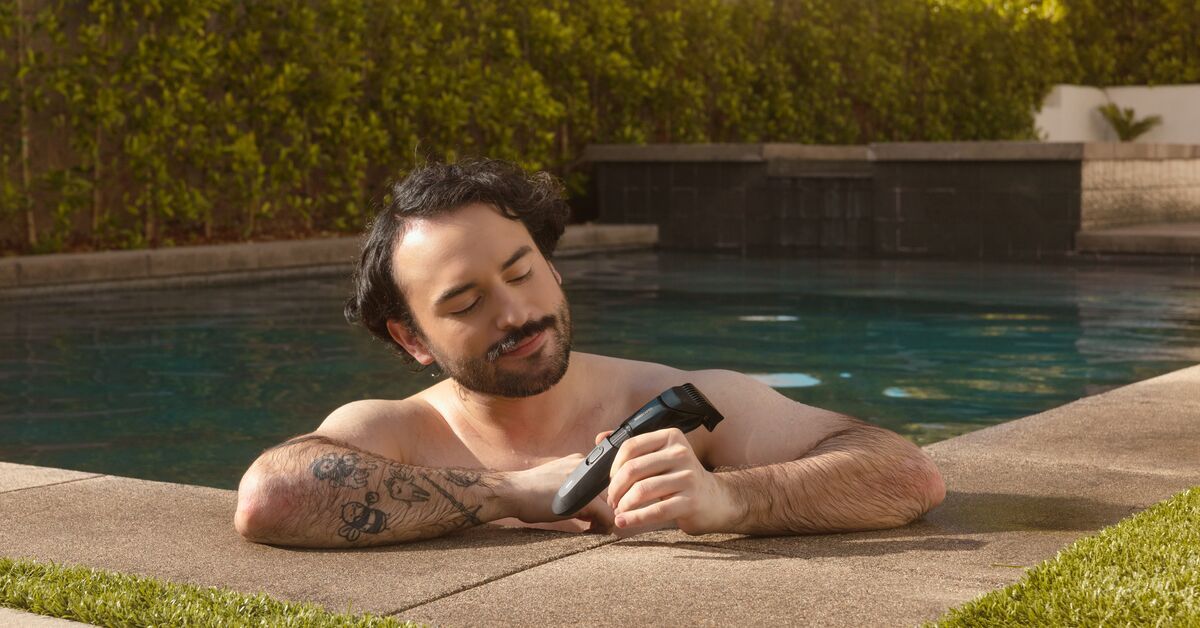
If you want your beard to look good, you have to put in a little work. It doesn’t have to be super complicated, but you need to know how to trim and shape your beard. Not to worry, we have you covered.
Start by growing the beard
Let’s state the obvious: Before you can trim and shape a beard, you have to grow it. We’re going to talk about this, but remember that everyone grows their beard at a different rate. Even your beard grows differently than it used to. So, whatever advice you read here, add a few grains of salt to compensate for your own personal growth rate.
The key to growing your beard is to keep it clean. Patience can help too, but mostly you need to worry about your skincare routine. A short beard doesn't need much grooming. As long as your face is clean and clear, the hair can grow in a healthy way from the start.
So, get into a good face cleaning routine. You can wash your face every time you shower. As the beard starts to thicken and substantiate, make sure you shampoo it regularly. You can also condition it if it gets a little too prickly for you. MANSCAPED® makes a Beard Shampoo and Beard Conditioner specially formulated for beard hair.
On average, grooming doesn't involve much for the first week. Now, some of you can grow a bushy beard in a few days. You’re on a different clock, and we’re jealous. Others will have a couple of weeks before their beard really sets in. You’re on your own schedule here.

How to shape when the beard is short
As the hair gets stubbly and then a little longer, your primary focus is keeping the lines clean. There are only about a thousand different ways to style your beard. When the beard is still short, you are setting your style. We don’t have time to go through every type of beard, so we’ll stick to a couple of simple examples.
Say you want to grow some kind of goatee. You have to keep everything but the goatee very short. In order to do that, you’re going to use your razor even while the beard is short. Keep the lines the way you want them. Anything that isn’t part of your beard is cut down nice and smooth.
For any other beard style, the razor really is your friend during this stage. You can grab The Plow® 2.0 safety razor and focus on keeping hair completely groomed where you aren’t trying to grow it. Hair on the high cheeks and other spots needs to be controlled or else your beard won’t show its early shape. You’ll just have a mess of facial hair. Our Beard Balm complements your beard at this stage and beyond.
Trimming and grooming as it grows
When things get past the stubble face, you’ll start to see your beard really set in and get noticeable. This is where your grooming branches out a bit. The specifics will depend heavily on how you style your beard. We’ll talk about a standard full-face beard to get a general idea out there.
For starters, neck beards aren’t great. But that doesn’t mean that your neck has to be perfectly smooth. What matters most is that the neckline hair is clearly shorter than the beard neckline. As your beard gets a little longer, your neck can be stubbly. That said, if you’re going into a formal setting, go ahead and get your neck nice and smooth.
Outside of that formal setting, it’s all about contrast. You want well-defined lines at the edges of your beard neckline. For that, you need to use a trimmer or a razor. As the beard gets longer, it gets easier to rely on your trimmer. The Beard Hedger™ trimmer can get a close shave with the choice of 20 lengths using the fancy zoom wheel. That can be easier to manage than a razor when you’re going right up to the edge of the beard. If you’re comfortable, though, feel free to keep using your razor to trim your beard.
You also might want to do variable lengths on your beard. That is where cutting guards and a beard trimmer are invaluable. Simply set the length and work out the part of the beard as you see fit.

Full beard maintenance
Eventually, you will grow out the beard that you want. At that point, it’s all about maintenance. There are really two ways to go about this. You can keep things easy by using your trimmer, or you can get meticulous with a pair of scissors. Scissors are necessary for longer beards so that you can achieve the angles that you want.
So, keep in mind that long beards are not suitable for all settings. Many workplaces frown on full-fledged mountain man face styles. If birds can nest in that thing, it might be a problem that requires some beard trimming.
That’s why most guys are best served by their dedicated beard trimmer. You can pick any length you want, but a lot of guys are going to settle for the longest length their trimmer can handle. Take your trimmer and go over the whole beard. Then, go back with a shorter setting to clean up any shape that you want to maintain.
If you want to go longer, then you need to know how to use scissors. For this technique, you need good, properly sharp grooming scissors and a comb like those found in The Beard Hedger™ Pro Kit.

Start by washing the beard (in the shower is fine). Go ahead and style it to the shape that you like. Once the beard is shaped, you’re going to go in with your scissors. Take your time and start on one side of the beard. Keep the scissors parallel to the shape of the beard. Snip away at hairs that are longer than the rest and stick out. You can use the comb to adjust the beard as you go and get good exposure to stray hairs.
You’re only going to be snipping a few hairs at a time with each cut. It takes a few minutes for each side. Take your time and avoid over-trimming the beard and accidentally changing the shape or style.
Repeat this process for each shaped part of the beard.
When you’re done trimming with your scissors, you can clean up the lines of your beard with your trimmer or razor.
Congratulations. You have a trimmed and shaped beard.
02.06.23
Share

Featured Articles
- Your Favorite Ball Deodorant. Now with a New Scent: Perservere.MANSCAPED® + TCS for Testicular Cancer Awareness MonthIntroducing The Lawn Mower® 5.0 Ultra TCS Special Edition and TCS Ball Hero BundleThe Dome Shaver™ Pro vs. The Dome Shaver™ Plus: Which Should You Choose?The Chairman™ Pro vs. The Chairman™ Plus: Which Should You Choose?



